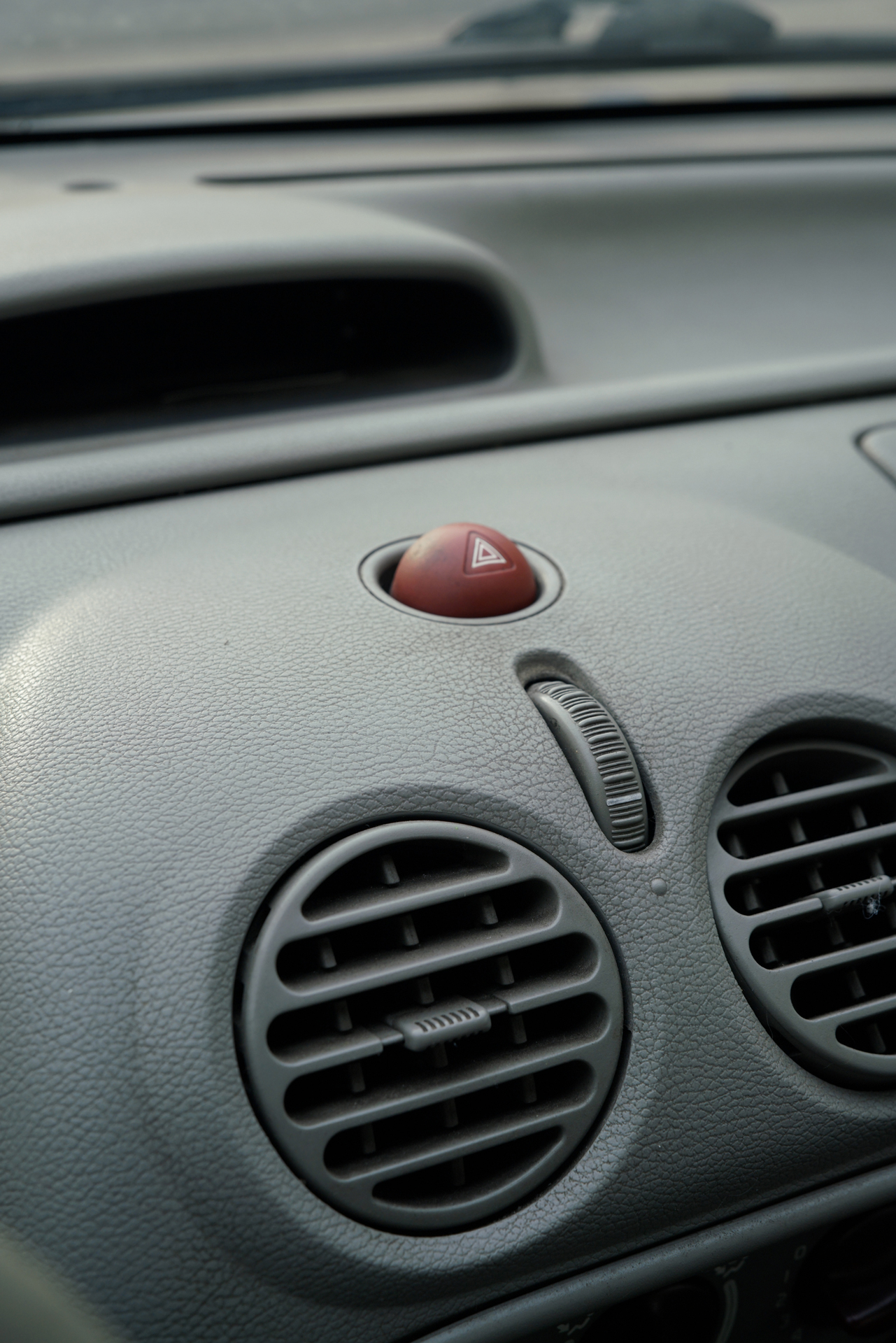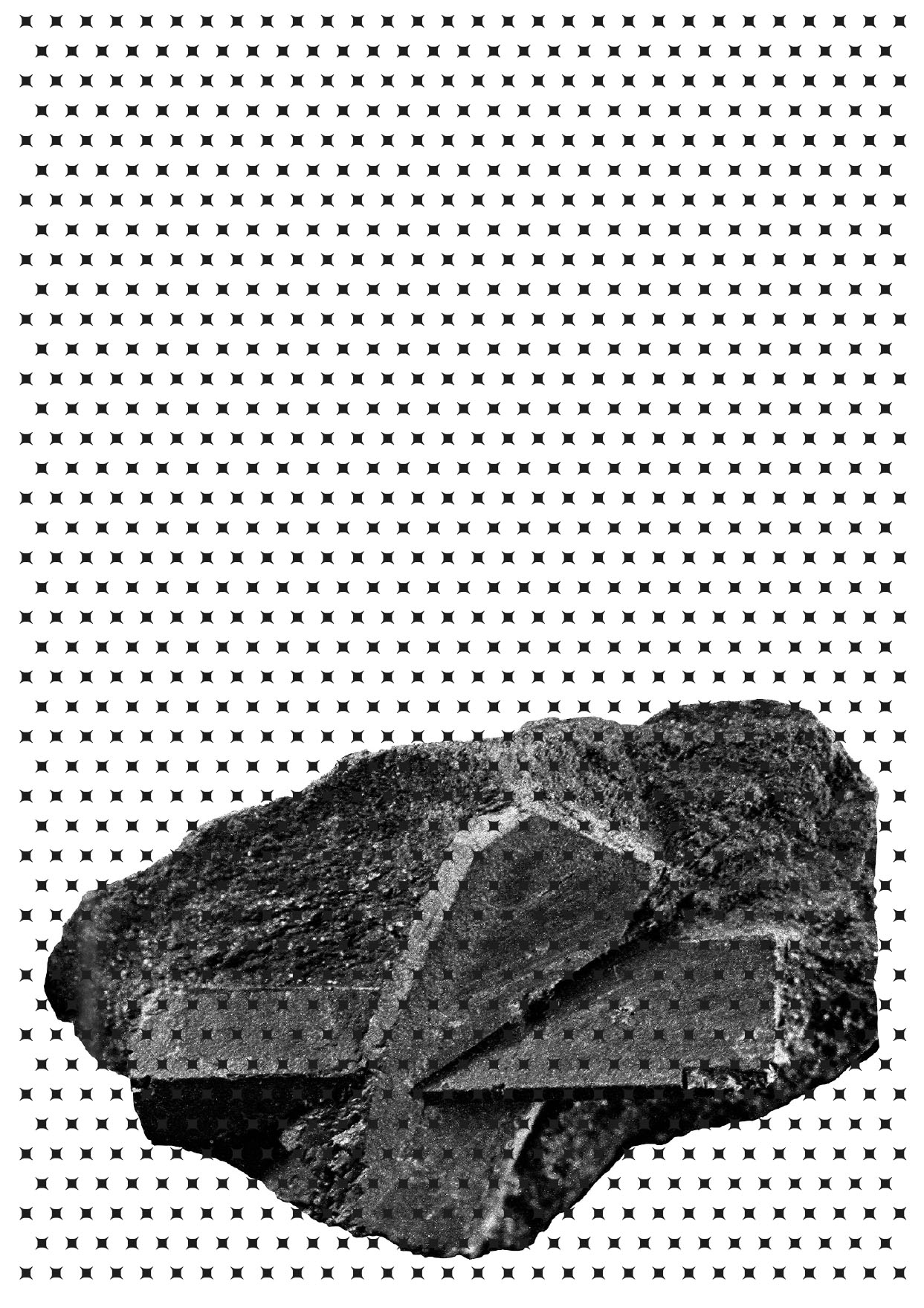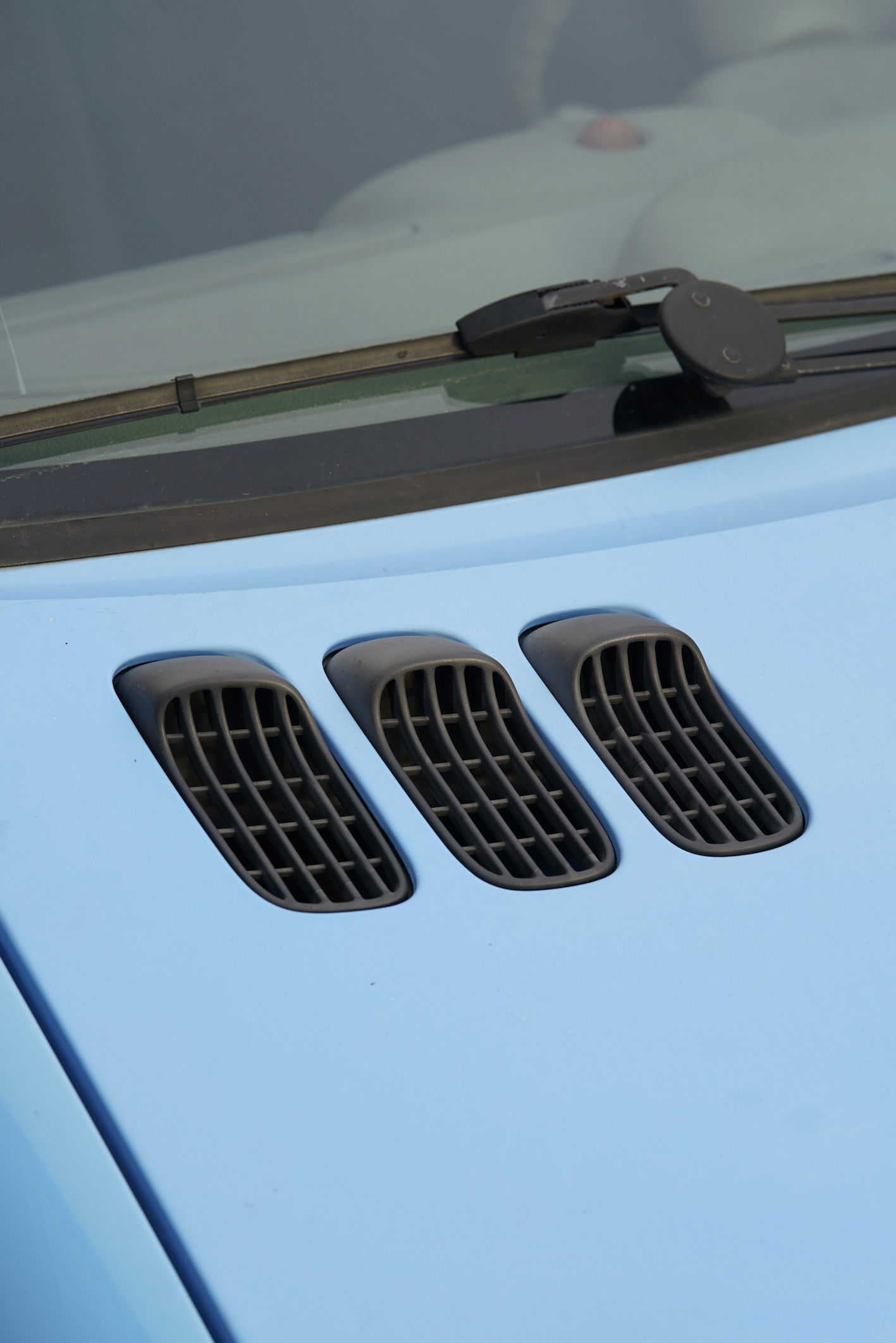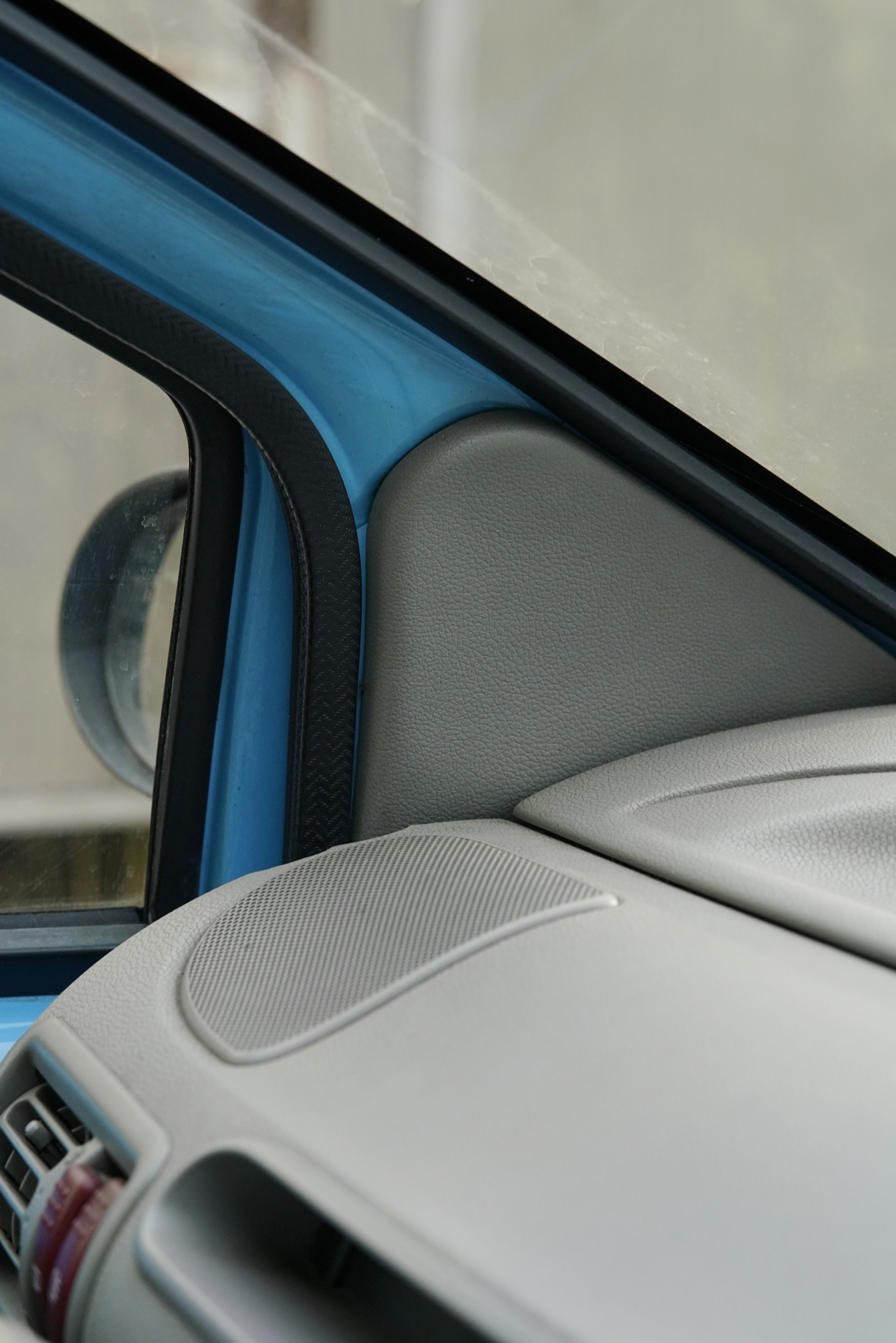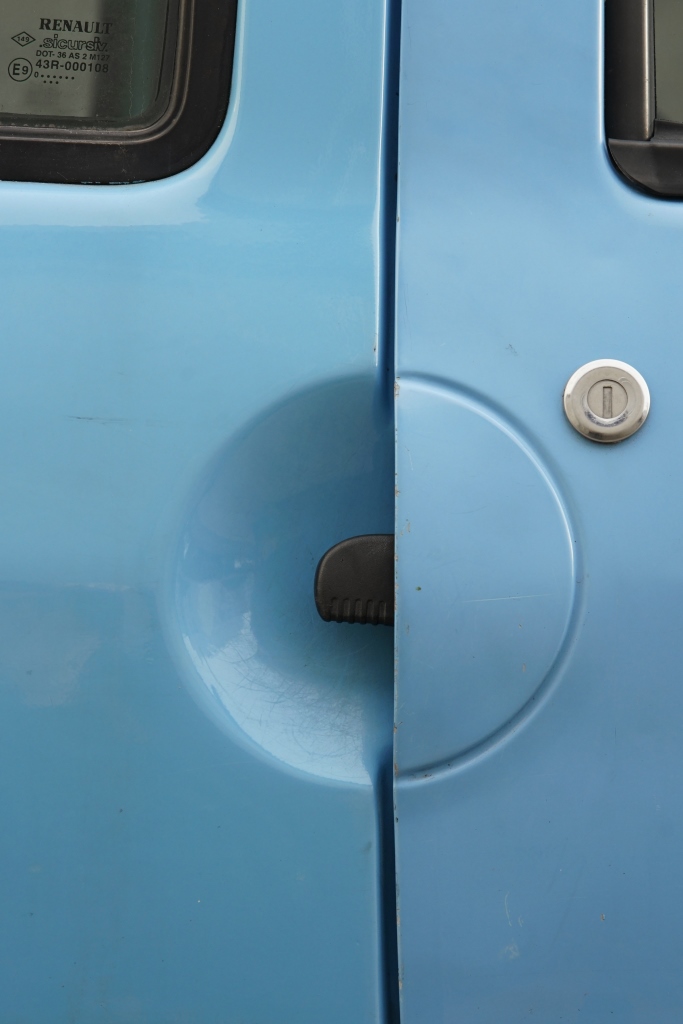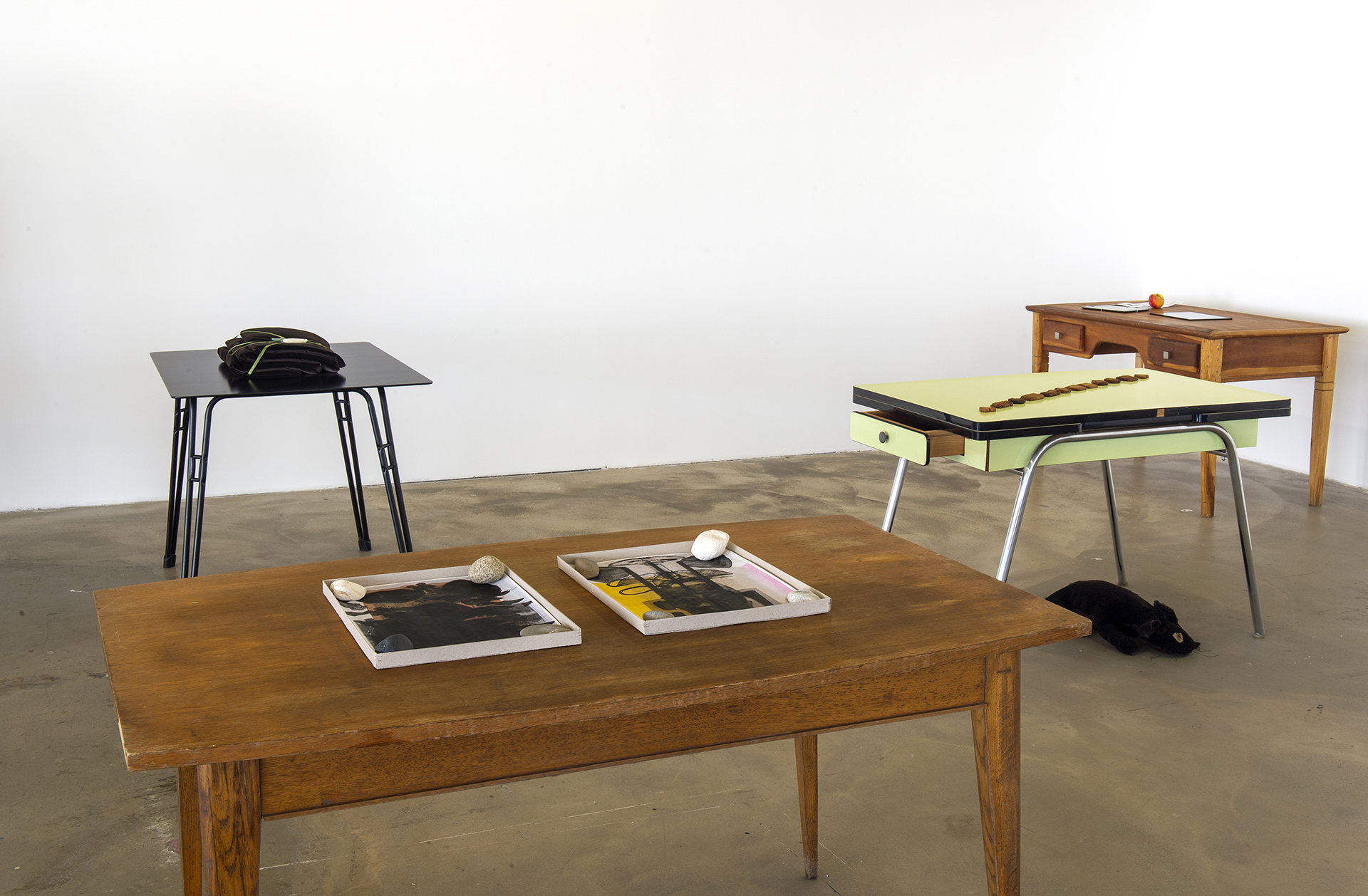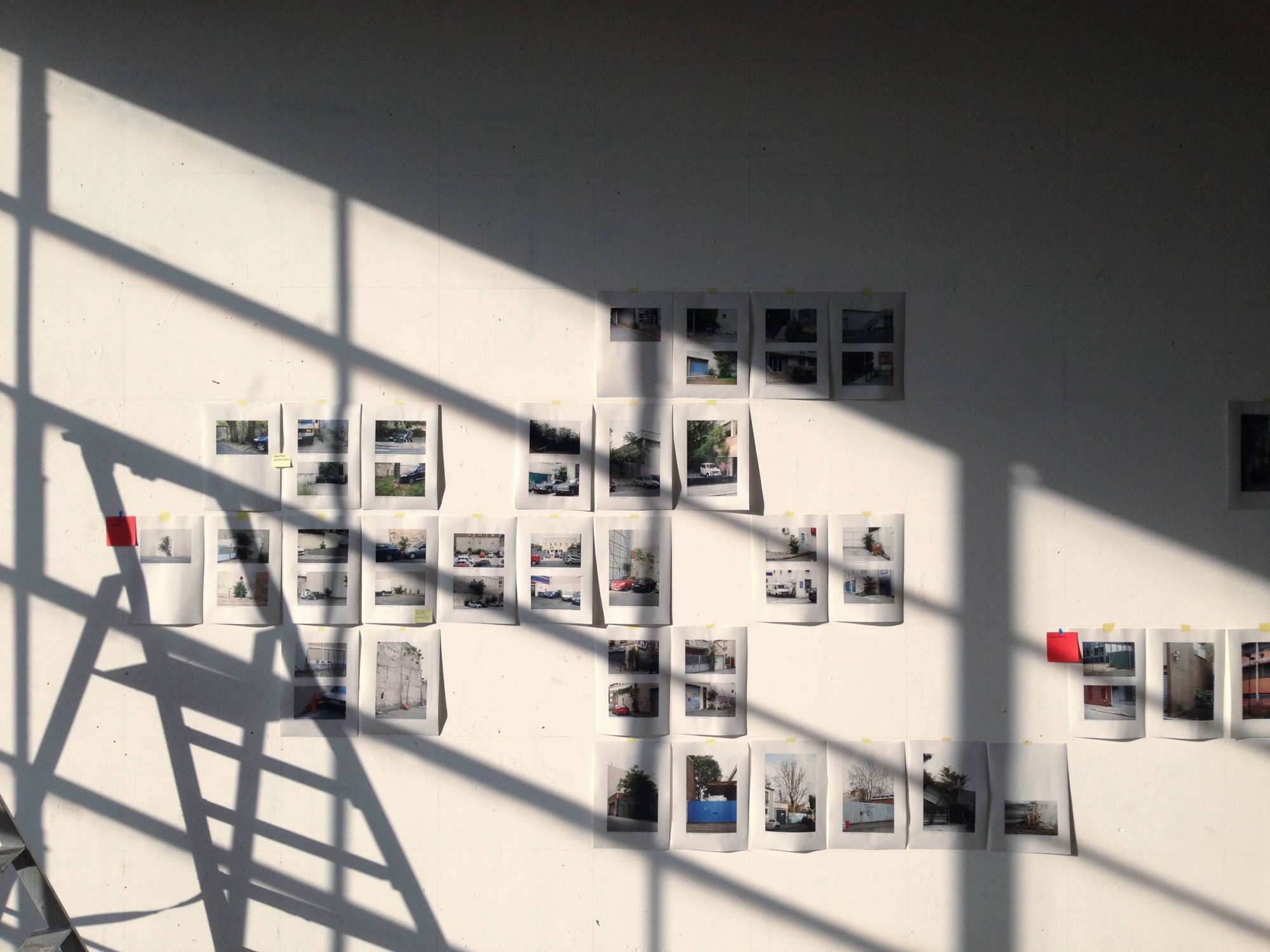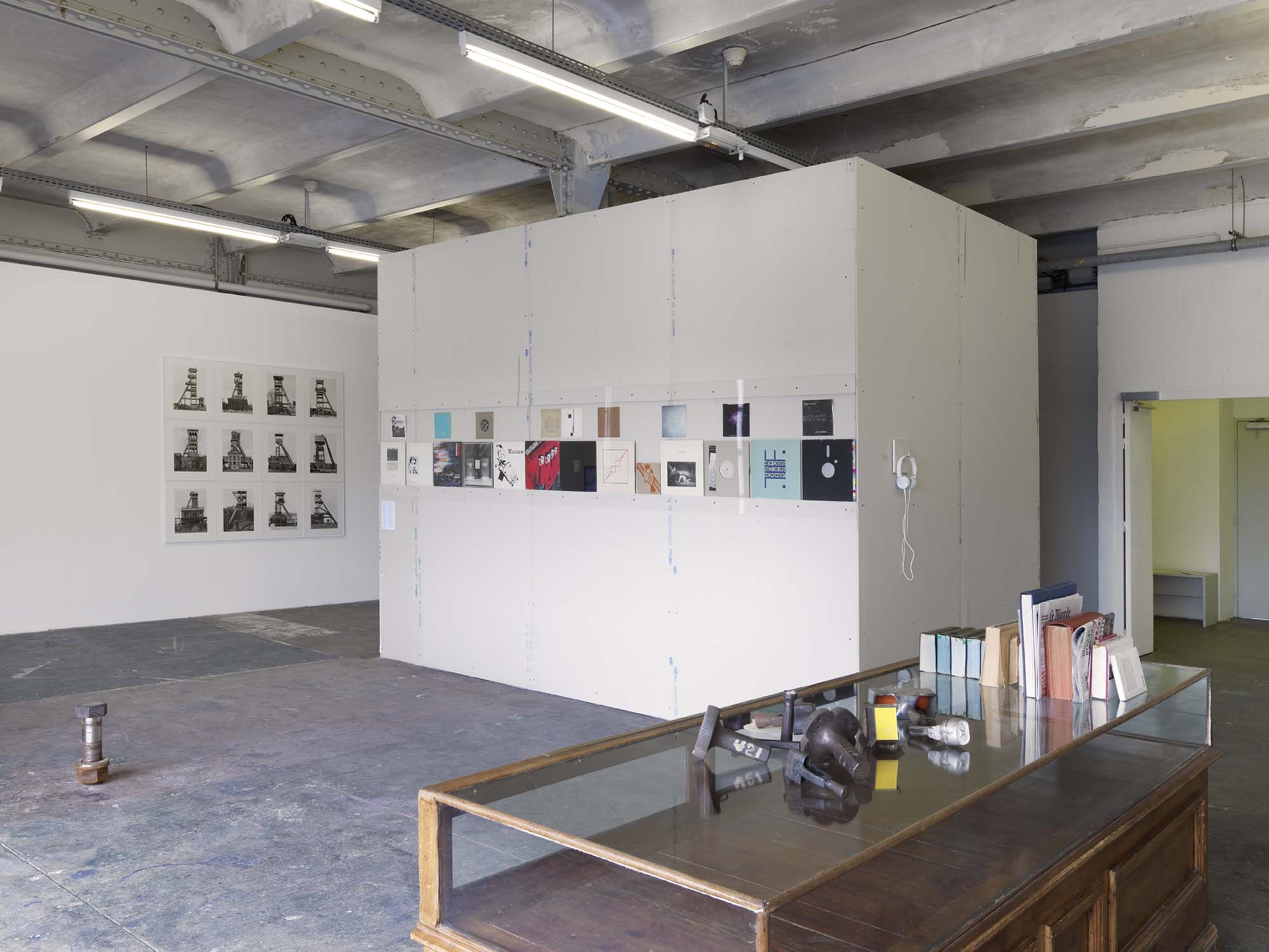GRAIN
Simon Boudvin

View of the exhibition GRAIN by Simon Boudvin. Courtesy of the artist. Photo : Marc Domage / Crédac

View of the exhibition GRAIN by Simon Boudvin. Courtesy of the artist. Photo : Marc Domage / Crédac

View of the exhibition GRAIN by Simon Boudvin. Courtesy of the artist. Photo : Marc Domage / Crédac

Simon Boudvin, Duralex (San Calisto, Rome), 2021. Photograms of a glass. Details. Courtesy of the artist. Photo : Marc Domage / Crédac

View of the exhibition GRAIN by Simon Boudvin. Courtesy of the artist. Photo : Marc Domage / Crédac

Simon Boudvin, Bote-tchu & Sèllatte (le Vallon), 2022. Set of stools and book Bote-tchu et Sèllatte, co-publishing ABCDEFGHIJKLMNOPQRSTUVWXYZ (Charles Mazé and Coline Sunier) and art&fiction, Lausanne, 368 pages. Details. Courtesy of the artist. Photo : Marc Domage / Crédac

Simon Boudvin, Twingo (Flins), 2022. Dismantled automobile parts. Courtesy of the artist. Photo : Marc Domage / Crédac

View of the exhibition GRAIN by Simon Boudvin. Courtesy of the artist. Photo : Marc Domage / Crédac

View of the exhibition GRAIN by Simon Boudvin. Courtesy of the artist. Photo : Marc Domage / Crédac

View of the exhibition GRAIN by Simon Boudvin. Courtesy of the artist. Photo : Marc Domage / Crédac

Simon Boudvin, Bote-tchu & Sèllatte (le Vallon), 2022. Set of stools and book Bote-tchu et Sèllatte, co-publishing ABCDEFGHIJKLMNOPQRSTUVWXYZ (Charles Mazé and Coline Sunier) and art&fiction, Lausanne, 368 pages. Details. Courtesy of the artist. Photo : Marc Domage / Crédac

Simon Boudvin, Twingo (Flins), 2022. Dismantled automobile parts. Courtesy of the artist. Photo : Marc Domage / Crédac

View of the exhibition GRAIN by Simon Boudvin. Courtesy of the artist. Photo : Marc Domage / Crédac

View of the exhibition GRAIN by Simon Boudvin. Courtesy of the artist. Photo : Marc Domage / Crédac

Simon Boudvin, Grilles (Hanoï), 2016. Laser print on colored paper. Interpreter: Nguyen Phuong Kieu Anh. Locksmith: Xuong Co Khí Truong Hùng

View of the exhibition GRAIN by Simon Boudvin. Courtesy of the artist. Photo : Marc Domage / Crédac

View of the exhibition GRAIN by Simon Boudvin. Courtesy of the artist. Photo : Marc Domage / Crédac

View of the exhibition GRAIN by Simon Boudvin. Courtesy of the artist. Photo : Marc Domage / Crédac

Simon Boudvin, Duralex (San Calisto, Rome), 2021. Photograms of a glass. Details. Courtesy of the artist. Photo : Marc Domage / Crédac

View of the exhibition GRAIN by Simon Boudvin. Courtesy of the artist. Photo : Marc Domage / Crédac

View of the exhibition GRAIN by Simon Boudvin. Courtesy of the artist. Photo : Marc Domage / Crédac

View of the exhibition GRAIN by Simon Boudvin. Courtesy of the artist. Photo : Marc Domage / Crédac

Simon Boudvin, Grilles (Hanoï), 2016. Laser print on colored paper. Interpreter: Nguyen Phuong Kieu Anh. Locksmith: Xuong Co Khí Truong Hùng

Simon Boudvin, Trois carrés, la lune, et quelques fruits de canarium (Hanoï), 2016. Color, sound. 20 min. Courtesy of the artist. Sound editing: Pierre-Philippe Toufektchan. Photo : Marc Domage / Crédac

Simon Boudvin, Portes et poignées (Ivry-sur-Seine), 2022. Offset print on paper. Courtesy of the artist. Photo : Marc Domage / Crédac

























« Undoing is just as much a democratic right as doing » said Gordon Matta-Clark (1943–1978)¹. This American « anarchitect » is one of Simon Boudvin’s references, along with the French philosopher Gilbert Simondon (1924–1989)².
As so often for his shows, Boudvin has chosen a short and sonorous title that resonates beyond its literal meaning. It evokes the graininess of photographs, the texture of the world and the variations between apparently similar objects that make up an environment.
The foundations of Boudvin’s work, closely linked to the history of shapes, are both analytic and political. He is always interested in his surroundings. He treats the question of motifs in exactly the same way, whether addressing design, mechanics or architecture.
Basic geometric structures and their variations constitute the vocabulary of his multiple combinations and reflections. Each experiment leads to an exploration, because he never works above ground level, and each involves personal contact with the people behind these objects.
While until now Boudvin has limited himself to a single form in each of his solo shows (for example, a set of ladders in one exhibition, and of fuel-oil tanks in another,³ for GRAIN he assembled, in one space, varied series of objects and subjects. What they have in common is his method of analysis. They are all variations on forms, each rooted in a situation and linked to a specific history, activity and territory that enables us to distinguish between them.
Boudvin applies his “appropriationist” method to a number of different procedures: analysis by means of disassembly (the Twingo), the interpretation of a system and the production of different models based on this system (stools), and taking a sample of an element or motif and recording its imprint or form (Duralex glasses, window bars in Hanoi filmed or restored as minimalist drawings). Another example of this latter strategy are his photographic inventories and urban surveys (his series of photos of door handles of housing projects (estates) in Ivry-sur-Seine during his residence at the Crédac).
While Boudvin has a penchant for culturally and sociologically established forms in general, what could be called objects that are signifiers of social class, he particularly prefers those with which he has an aesthetic affinity.
The Twingo, a car whose design alone, he says, makes people smile, was, for his generation, an almost endlessly repeated motif that became a standard component of the French cityscape, in the same way that Duralex drinking glasses came to signify cafés and cafeterias.
Consequently, the items assembled for this exhibition can be considered documentary or social sculptures.
There is a certain mischievousness in the way this exhibition works. As visitors move from room to room, they repeatedly encounter similar elements in the same way they would experience a city as they walk from block to block. Visitors process this string of repetitions through their faculties of vision and memory. But because the artist avoids an excess of analytic formalism, the result is not the collation of typologically-organized objects it otherwise could have been.
The effect of this urban stroll is accentuated by the restoration of the “natural” grey colour of the walls of this venue.
Similarly, the shelving holding the parts from the dismantled Twingo, standing in every room, look as though they had always been there since the days when the Manufacture des Œillets was still a factory.
This museographic modality tells us a story about the people who designed each of these objects and the workers who by performing endless repetitive motions made and assembled all these parts until they constituted a car.
A former student at the Paris École des Beaux-arts, Boudvin studied with the Italian artist Giuseppe Penone (born 1947). The latter’s studio was dedicated to revealing forms rather than inventing them. Since then, like some other artists of his generation, Boudvin has been attentive to the political and cultural histories transmitted by objects.
While Penone remains a reference from Boudvin’s training years, the real spectre haunting this exhibition, he says, is the German artist Charlotte Posenenske (1930–85, active 1959–68). Posenenske made multiple series of minimalist structures to pursue her interest in the condition of the working class. Eventually, she abandoned art-making for sociology, which she considered a more effective tool for bringing about political change. In her new career she specialized in industrial work practices, particularly assembly-line production.
While what we see in this exhibition are objects, Boudvin is above all concerned with human beings. He highlights their labour, the work of their hands that made these things and gave them their functionality and their beauty – qualities that Boudvin brings out as well. These objects are as honest and true as the grain of wood.
Claire Le Restif
- Tuesday, February 15, 7:00 pm, Médiathèque d’Ivry
Simon Boudvin will talk about his artistic universe through the prism of his literary and cinematographic inspirations and through the editions he has published.
Press room of the Médiathèque of downtown : 152 Avenue Danielle Casanova, 94200 Ivry-sur-Seine
- Sunday, March 6, 5:00 pm
With Tony Côme (Ph.D. in art history, professor of applied arts, specialist in architecture and design history) who will shed light on the work of Simon Boudvin.
- Saturday, March 12, 3:00 pm
Commune communiste, a stroll through the common spaces of the city of Ivry with Simon Boudvin, following the artist’s research residency at Crédac in 2019–2020.
- Saturday, March 19, 16:00
Discussion between Claire Le Restif and Simon Boudvin on the artistic collaborations that have marked the artist’s practice in recent years.
Artist biography
-
Born 1979 in Le Mans, Simon Boudvin lives and works in Bagnolet.
His practice is attentive to changes in the territories he traverses as he undertakes a detailed reading of them and then reconstitutes them in the form of descriptions or photos. The SHED Normandy contemporary art centre and the FRAC regional art centre in Caen devoted a show to his work on 2019; le Centre d’art contemporain Les Capucins in Embrun did likewise in 2018. He was on the shortlist of artists nominated by Claire Le Restif for the Prix Fondation Pernod Ricard in 2019.
Boudvin had a 10-month residency at the Crédac in 2019–20 as part of the greater Paris regional programme for artist residencies and with the support of the Ivry municipal government. This was the first residency at the Manufacture des Œillets, a former factory complex where the Crédac is housed. His studio became a base camp for urban photographic expeditions combining his interests in architecture and urban ecology. The project he carried out during this residency, which began in November 2019, was a photographic survey supplemented by cartographic work in the housing estates (projects) owned by the Ivry public housing authority (OPH), mapping out their meeting rooms, other public facilities and grassroots organizational sites as intermediate elements between private homes and public spaces. His work was based on meetings with local actors and his own explorations, both on the ground and through architectural blueprints, to find and represent these spaces.
Subsequently Boudvin was awarded a fellow at the Académie de France in the Villa Médicis in Rome for 2020–21.
Events & meetings
Partnerships
The exhibition was made thanks to the support and collaboration of : Les ateliers bermuda, l’Académie de France à Rome - Villa Médicis, the « programme de résidences d’artistes » of la Région Île-de-France, le Garage Municipal de la ville d’Ivry-sur-Seine.
Bote-tchu & Sèllatte has received the support of Les ateliers Bermuda, the publishing support of Centre national des arts plastiques (Cnap), the help of Crédac, the canton of Neuchâtel, the city of Lausanne and the city of Saint-Imier.

